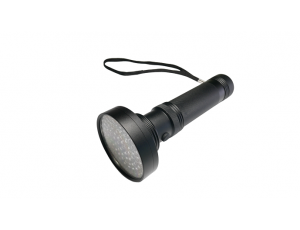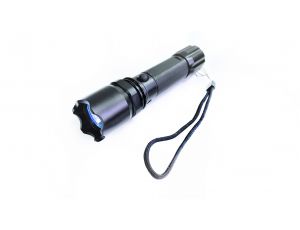UV lamps
UV lamps - that is, emitting ultraviolet light in the range of approx. 320-410 nm, needed for curing photosensitive products. What lamps give this light? We focus here on UVA radiation, and more specifically the range from 360 to 410 nm, because this range is needed to cure most adhesives and resins. Classification and types of UV lamps. UV lamps - for quick hardening of small diameters, e.g. glass cracks and for initial joining before proper exposure to higher power UV lamp in the form of halogen - for proper exposure and continuous work with areas of several to several dozen square centimeters, panel lamps - from 20 cm wide to 40x40 cm cm. High power allows for quick bonding, so we either expose it completely or slowly move it over the element, fluorescent lamps - mainly for longitudinal connections like aquariums - in glaziers slats and brackets length 90-120 cm. Selection of the light power for a given application: If we do not have technical data, what power is needed for a given glue and the absorption of the material through which we will shine. And here's the biggest problem, because the easiest method is the exposure test. When we find that the time is right, we add 20-30% of the time to safety. for example, ATK UV 10 needs 3-5 seconds of exposure with our 3W flashlight, and with plexiglass, but for safety reasons we give 8-10 seconds. By gluing ATK UV 22, the version to the glass, although the glass in many cases minimally blocks the light - the glue itself actually needs more power and with a 3W flashlight, the recommended time is 20-30 seconds. Types and differences of UV lamps Lamps with fluorescent or filament lamps will not be discussed as it is an old technology. We will only deal with LEDs. When choosing, remember to check the real value of light emitted by a given diode or lamp - this is the most important thing! The fact that the flashlight has a power of 5W or a 36W lamp does not mean that it "emits" UV light with such power - it takes as much and how much does it actually give? emits 150mW - calculated from the power consumed) but as much as 700mW of proper UV light. The difference is in the efficiency of the diode used (it can be compared to a 500W market drill and a 500W branded drill - let's assume that both will take 500W, but the effect on the output will be different and we will drill one metal, at most scratch the other. after all, the DJ lamp or the lamp for checking banknotes also shines with UV light. Yes, but these are small values, although the fluorescent lamp has a power of 9 or 36W, the real uva radiation is at the level of 1-2%. but it will take longer than taking the element to the sun. What products do we harden with these lamps? the most powerful 300W UV lamp is needed for these products.paste - e.g. industrial cavity filling Remember to observe safety considerations during exposure, i.e. protective glasses, clothes Working together with gloves, and with long exposure time and the possibility of radiation outside the material, preparing a sheltered position during exposure - as is the case with welding. Also, remember not to shine people and animals in the eyes, because the power emitted in the lamps is very large.












